Location
545 to 576 of 979 results
-
Voormalig klooster Weerd
Voormalig klooster Weerd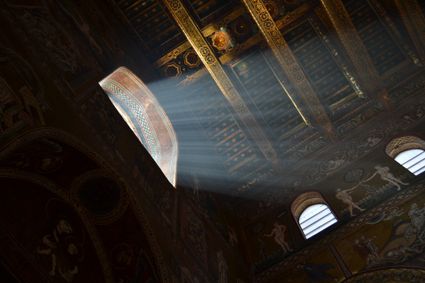 Morra
Morra -
Veerpont Zonnepont Schalkediep (Suawoude)
Veerpont Zonnepont Schalkediep (Suawoude)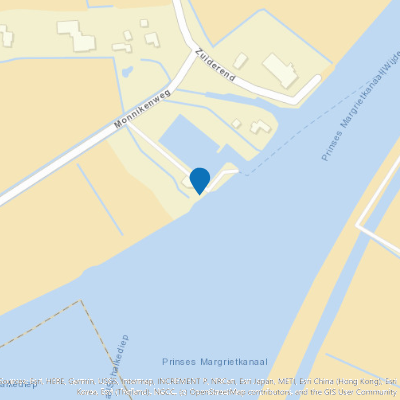 Garijp
Garijp -
Dorpswapen
Dorpswapen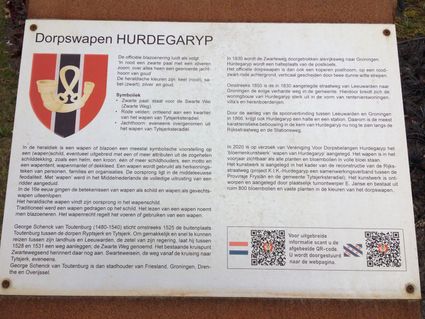 Hurdegaryp
Hurdegaryp -
Observeum
Observeum Burgum
Burgum -
Buwepleats - tweepersoonsappartement
Buwepleats - tweepersoonsappartement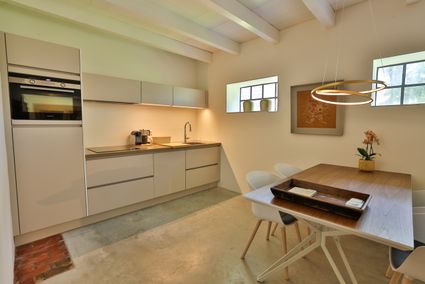 Drogeham
Drogeham -
Rederij Vooruit
Rederij Vooruit Harlingen
Harlingen -
Vakantiepark Bergumermeer
Vakantiepark Bergumermeer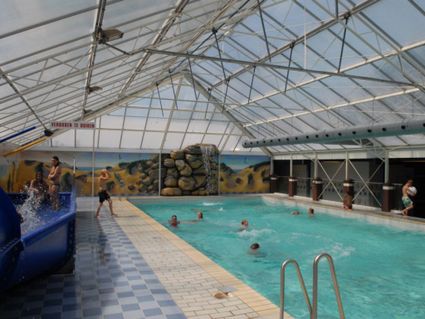 Suameer
Suameer -
De Blesse - Schans aan de Bles-Brug - uitkijkpunt
De Blesse - Schans aan de Bles-Brug - uitkijkpunt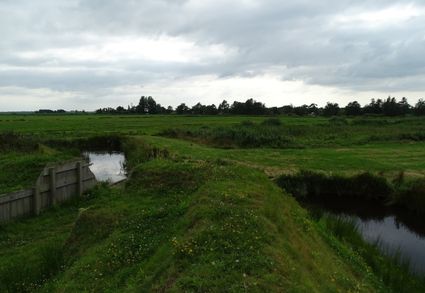 De Blesse
De Blesse -
Treinstation Hurdegaryp
Treinstation Hurdegaryp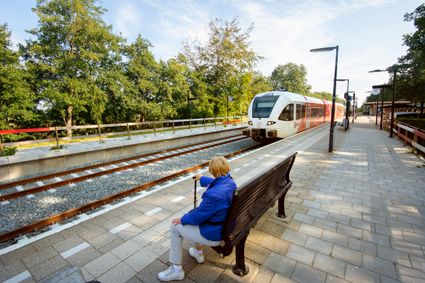 Hurdegaryp
Hurdegaryp -
Rustpunt Túnwille
Rustpunt Túnwille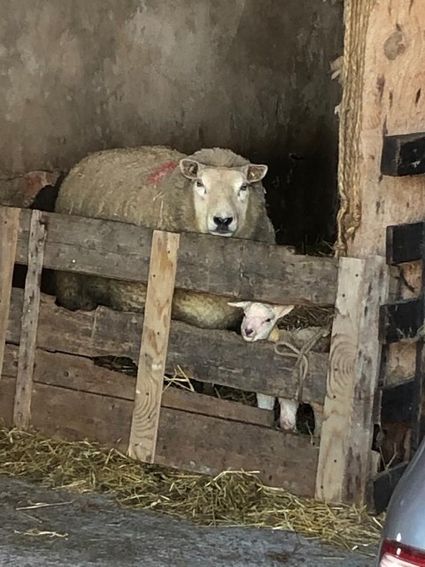 Warfstermolen
Warfstermolen -
Boerderijcamping de Koaipleats
Boerderijcamping de Koaipleats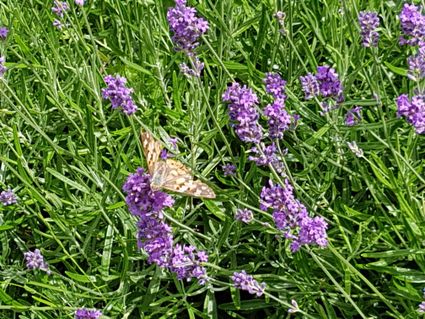 Damwald
Damwald -
De 4 Elementen
De 4 Elementen Stroobos
Stroobos -
Dorpslogies Adema
Dorpslogies Adema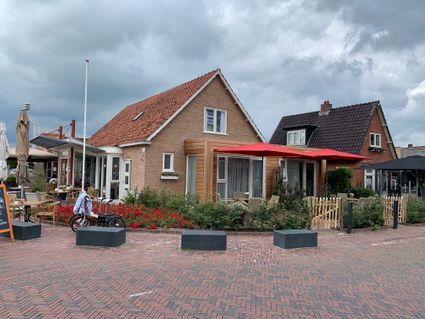 Earnewald
Earnewald -
Italiaans restaurant Porto Casa
Italiaans restaurant Porto Casa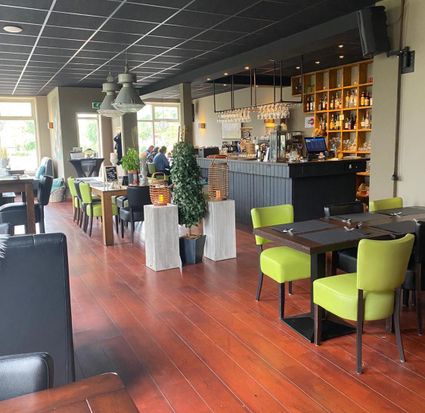 Earnewâld
Earnewâld -
Oer de Wiel
Oer de Wiel Veenwouden
Veenwouden -
Keersluis en brug Munnekezijl
Keersluis en brug Munnekezijl Munnekezijl
Munnekezijl -
De Leijen - De Tike - Uitkijkhut
De Leijen - De Tike - Uitkijkhut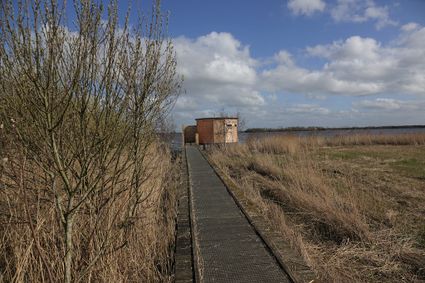 Sumar
Sumar -
Voormalig klooster Tribus Montibus
Voormalig klooster Tribus Montibus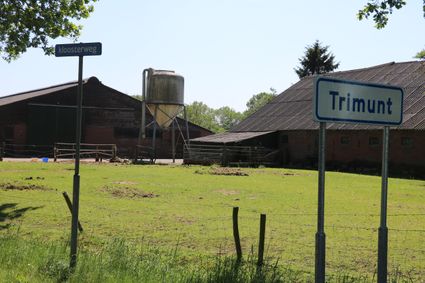 Trimunt
Trimunt -
Klein Zwitserland Lakeside Beach
Klein Zwitserland Lakeside Beach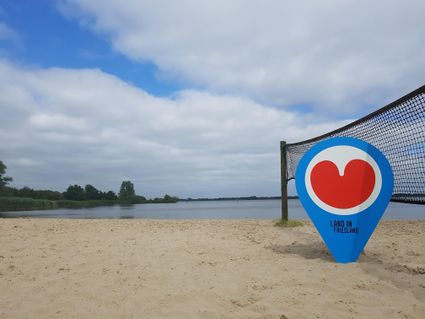 Sumar
Sumar -
Hotel Restaurant Ie-Sicht
Hotel Restaurant Ie-Sicht Oudega
Oudega -
Het Lage Noorden
Het Lage Noorden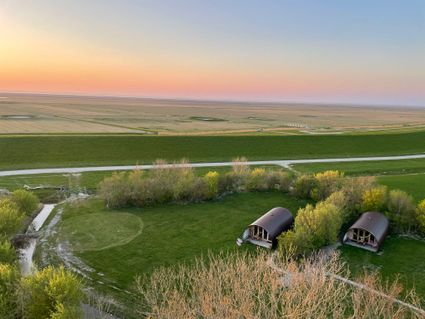 Marrum
Marrum -
Boerderij de Omleiding
Boerderij de Omleiding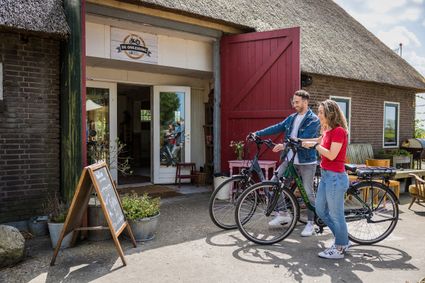 Feanwâlden
Feanwâlden -
Ameland - Duinmeer - Benoorden Hollum
Ameland - Duinmeer - Benoorden Hollum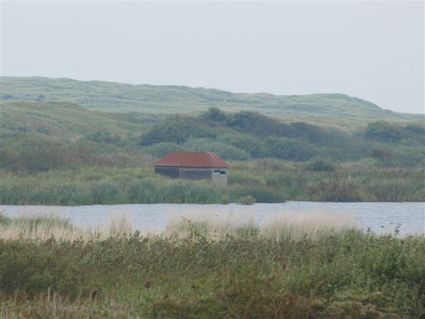 Hollum
Hollum -
Houwinksreed
Houwinksreed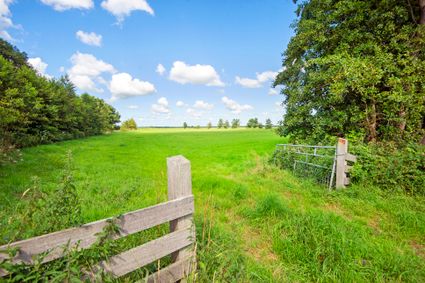 Sumar
Sumar -
NijKrúslãn Lodge
NijKrúslãn Lodge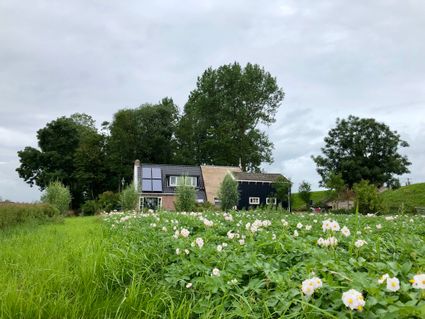
New
KollumerpompDirect boekbaar
-
Sint Annaparochie (Sint Anne)
Sint Annaparochie (Sint Anne)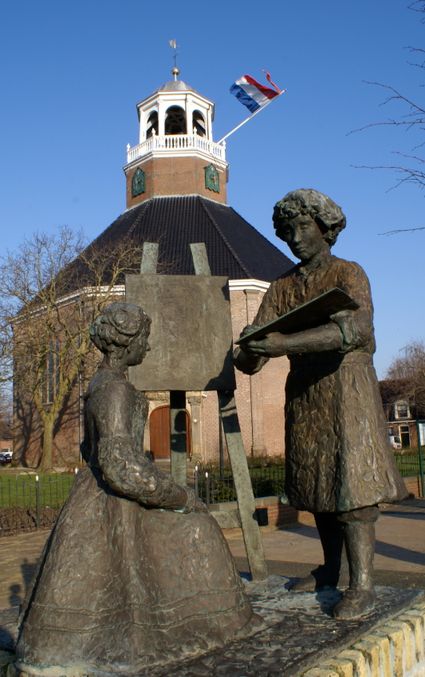 Sint Annaparochie
Sint Annaparochie -
Verfplantentuin
Verfplantentuin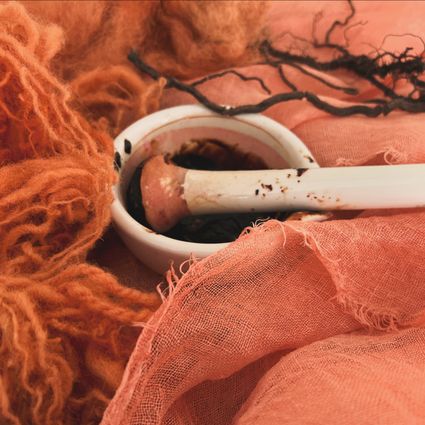 Blije
Blije -
BinnenInn 2-6 persoons Appartementen
BinnenInn 2-6 persoons Appartementen Metslawier
Metslawier -
Pluktuin de Beiketún
Pluktuin de Beiketún Twijzel
Twijzel -
Wadlopen met Jaap
Wadlopen met Jaap Nes
Nes -
Burgumer Mar - Jistrum - De Dunen - Uitkijkheuvel
Burgumer Mar - Jistrum - De Dunen - Uitkijkheuvel Jistrum
Jistrum -
Galeslot
Galeslot Hurdegaryp
Hurdegaryp
